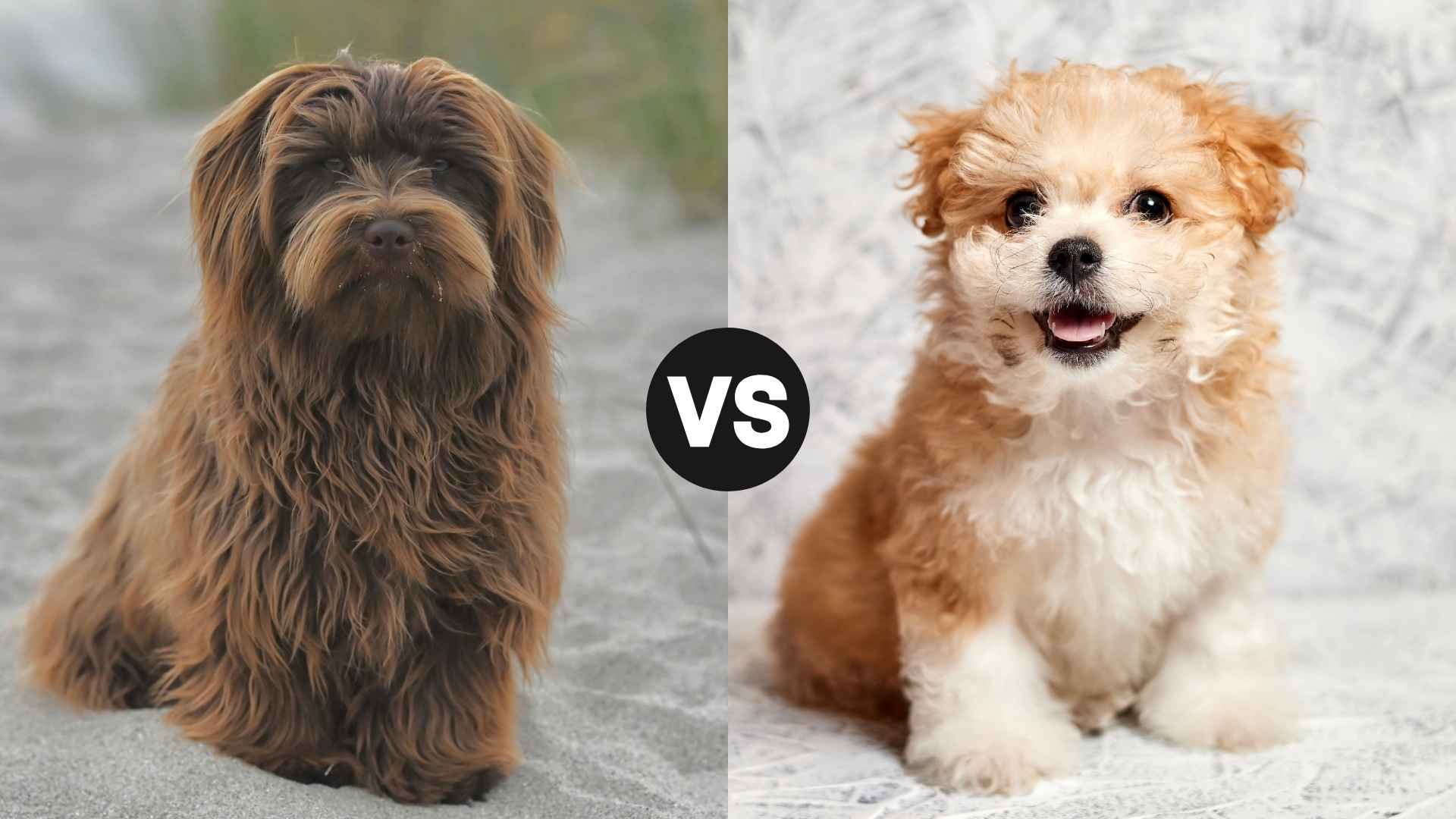Fluff alert! If you’ve landed here, chances are you’re looking for a pint-sized pup with a big personality—and a low-shedding coat to boot.
Enter the Havanese and the Maltipoo: two irresistibly cute companions that redefine the term “lap dog” (because they refuse to leave yours). But don’t let their size fool you. These two breeds are packed with charm, smarts, and plenty of sass.
So, which one’s better for you? The Havanese, with its silky hair and Cuban flair, is like the chill cousin who always wants to snuggle. Meanwhile, the Maltipoo—a mix of Maltese and Poodle—is a curly bundle of fun that’ll win over even the most dog-skeptical neighbor.
We’re breaking down the key differences in personality, grooming, health, and more to help you figure out who belongs in your lap—and your life. Whether you’re a first-time dog owner or adding to your canine crew, this comparison will help you pick the fluffiest soulmate.
Havanese vs. Maltipoo
Size and Weight Differences Between Maltipoo and Havanese
If these two breeds were attending a party, the Maltipoo would be the tiny, energetic social butterfly bouncing around, while the Havanese would be the charming, elegant guest everyone wants to chat with. Both are small and adorable, but they have their own unique personalities and histories to brag about.
Maltipoo:
The Maltipoo is a modern lovechild—literally a hybrid of the Maltese and the Poodle (usually the toy or miniature variety). This crossbreed originated in the late 20th century as part of the “designer dog” craze, aiming to combine the Maltese’s sweet, gentle nature with the Poodle’s smarts and low-shedding coat. The result? A cute, fluffy charm bomb that’s perfect for families and allergy sufferers alike.
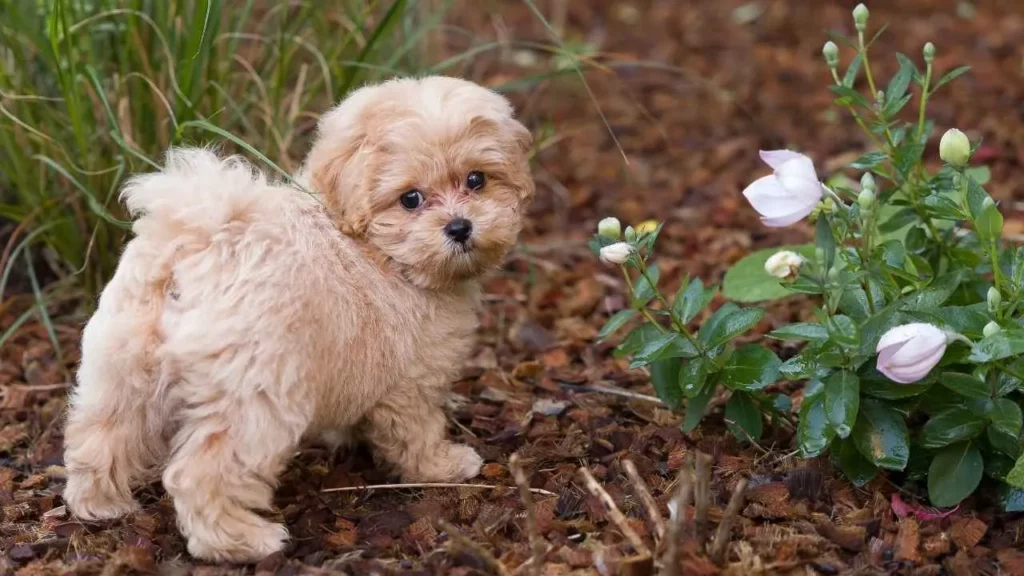
Height:
Typically 8 to 14 inches tall
Weight:
Usually between 5 and 20 pounds, depending on whether the Poodle parent was a toy or miniature
Build:
Compact and sturdy but delicate-looking—kind of like a tiny, cuddly teddy bear
Maltipoos can vary quite a bit in size because of their mixed heritage, but no matter the size, this toy breed is always big on personality and affection.
Havanese:
The Havanese is an adorable dog native to Cuba and a proud member of the Bichon family. This breed has been charming Caribbean royalty and common folk alike since the 1500s!
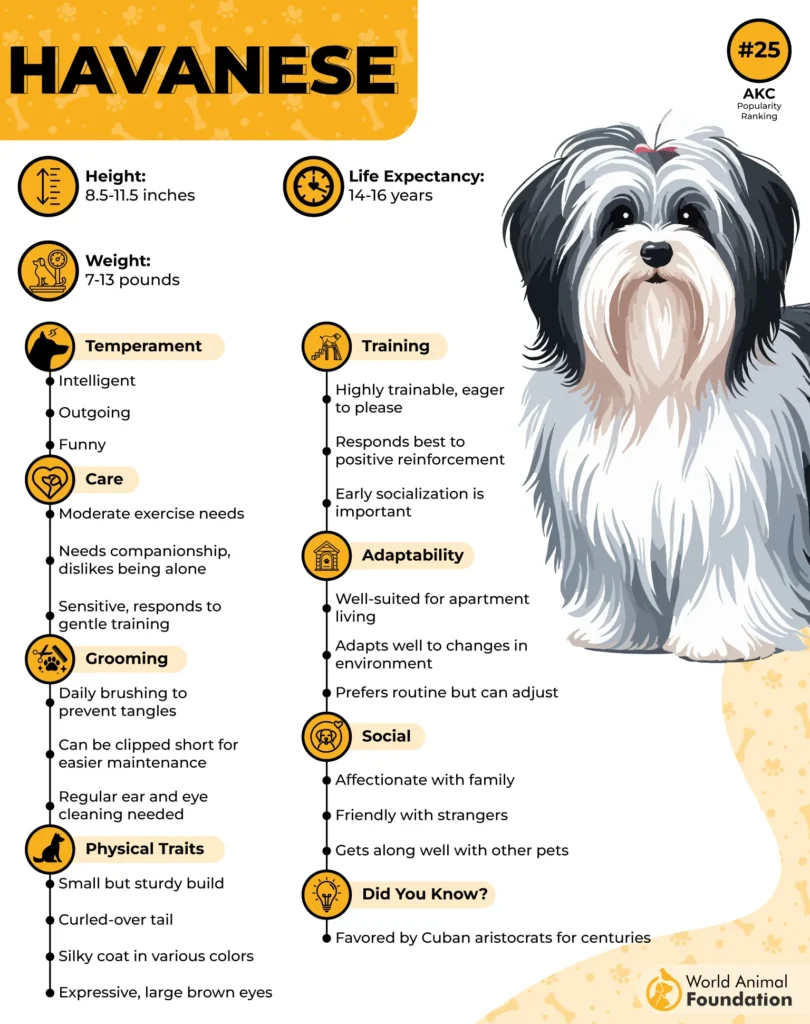
Originally bred as a companion dog, rather than to perform a specific job or task, as per WebMD. The Havanese has a rich history of being a lap-warmer, entertainer, and all-around lovable sidekick.
Bonus: Their silky coat was historically prized as a status symbol.
Height:
Generally 8.5 to 11.5 inches tall
Weight:
Typically 7 to 13 pounds
Build:
Slightly longer body than tall, with a soft, flowing coat that makes them look like they’re always ready for a beach party
The Havanese might be a bit bigger on average than the Maltipoo, but they’re both perfectly sized for any home or lap.
So, whether you want a designer fluffball or a little Cuban sunshine, you can’t go wrong. Just prepare for endless cuddles—and maybe a few “Who’s the goodest dog?” debates at home.
Personality Traits and Temperament: Maltipoo vs. Havanese
A dog’s personality is the heart of your bond, so whether you want a playful prankster or a calm cuddle buddy, understanding these breeds’ temperaments will help you pick your perfect match.
Maltipoo:
Maltipoos are like the class clowns of the dog world—full of charm, curiosity, and just the right amount of mischief. Thanks to their Poodle and Maltese heritage, they’re super smart, eager to please, and great with families. These little fluffballs crave attention and thrive when they’re the center of your universe.
Friendly and affectionate — They’ll shower you with kisses and puppy eyes. According to Purina, they tend to rely heavily on human companionship and may develop separation anxiety if left alone for extended periods.
Social butterflies — Get ready for lots of tail wags when guests arrive.
Sensitive souls — They pick up on your moods and want to comfort you, are a great fir as therapy dogs.
Occasional stubborn streak — But usually won over with treats and cuddles.
Havanese:
Havanese dogs bring all the charm of a smooth jazz night in Havana. They’re known for their sweet, calm demeanor and are natural companions who love being involved in every family activity. These dogs tend to be a bit more mellow but still enjoy playful moments.
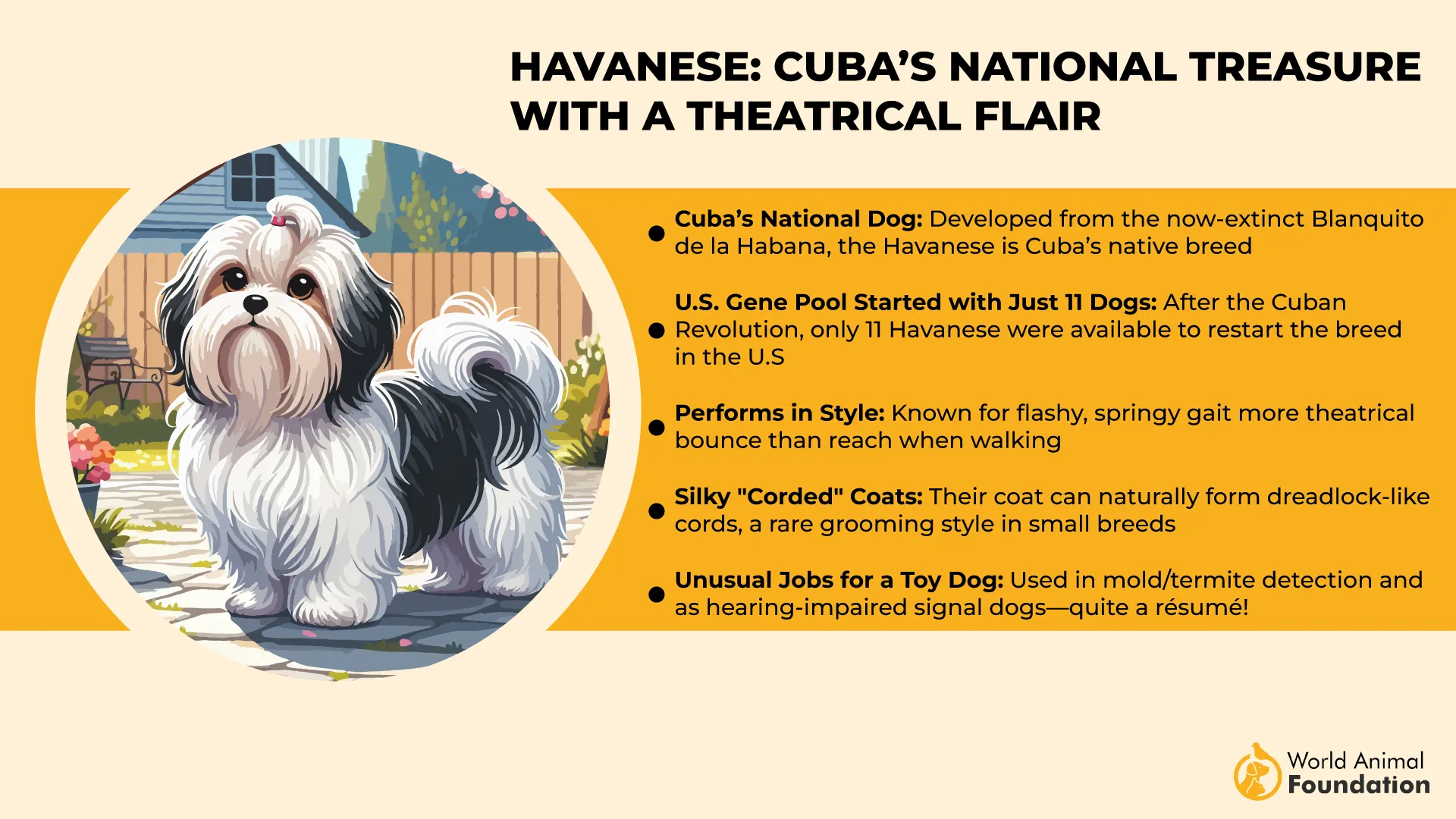
Affectionate and loyal — Will stick by your side like a shadow.
Good with kids and other pets — They’re social and gentle.
Adaptable — According to the American Kennel Club (AKC), with their compact yet strong build, adaptable temperament, and friendly personality, Havanese are perfectly suited for city living or small apartments.
Slightly more independent — They enjoy their “me time,” but not too much.
Alert — Purina points out that it might not chase off intruders, but Havanese dogs tend to bark and let you know when someone’s at the door — usually with a cheerful (and loud!) bark that’s hard to miss.
Energy Levels and Daily Activity Requirements
Knowing how much pep a pup has in their step helps you match their energy with your lifestyle — whether you’re a weekend warrior or a chill couch companion.
Maltipoo:
If energy had a mascot, it’d be the Maltipoo. These pups love to play, learn new tricks, and explore their surroundings. They have bursts of excitement but also know when it’s time to curl up in your lap.

Energy Level: Moderate to high
Daily Exercise: 30 to 60 minutes of exercise (play sessions, brisk walks, mental games)
Best For: Active families or individuals who can provide interactive play
Fun Fact: They’ll happily join you for a jog or yoga session if invited
Havanese:
Havanese have a more laid-back style, but they still appreciate their daily dose of activity to stay happy and healthy. They enjoy strolls, sniffing adventures, and gentle playtime, but won’t demand a marathon.
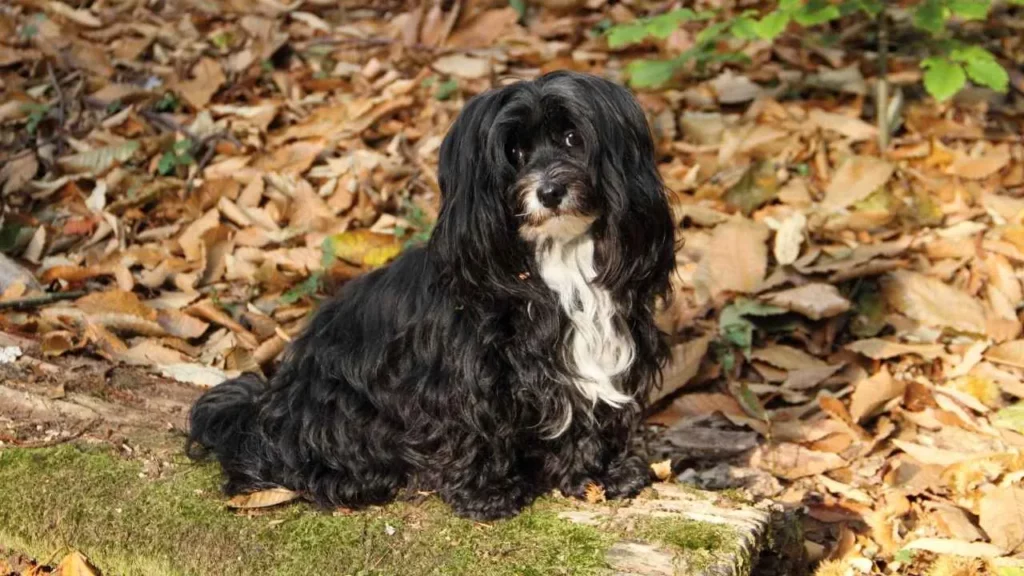
Energy Level: Moderate
Daily Exercise: 20 to 40 minutes (walks, gentle play)
Best For: Owners who want a loving companion with balanced activity needs
Fun Fact: They’re great walking buddies for relaxed urban or park outings.
Bite Behavior and Dental Characteristics Comparison
A happy pup starts with a healthy smile! Understanding the bite and dental traits of these breeds helps keep your dog comfortable and your home intact. Here’s what you need to know about their bite behavior and teeth.
Maltipoo:
With a small snout inherited from both parent breeds, Maltipoos can be prone to dental crowding, which means their bite might occasionally be a bit crooked or misaligned. Dental care is essential to keep those little pearly whites healthy.
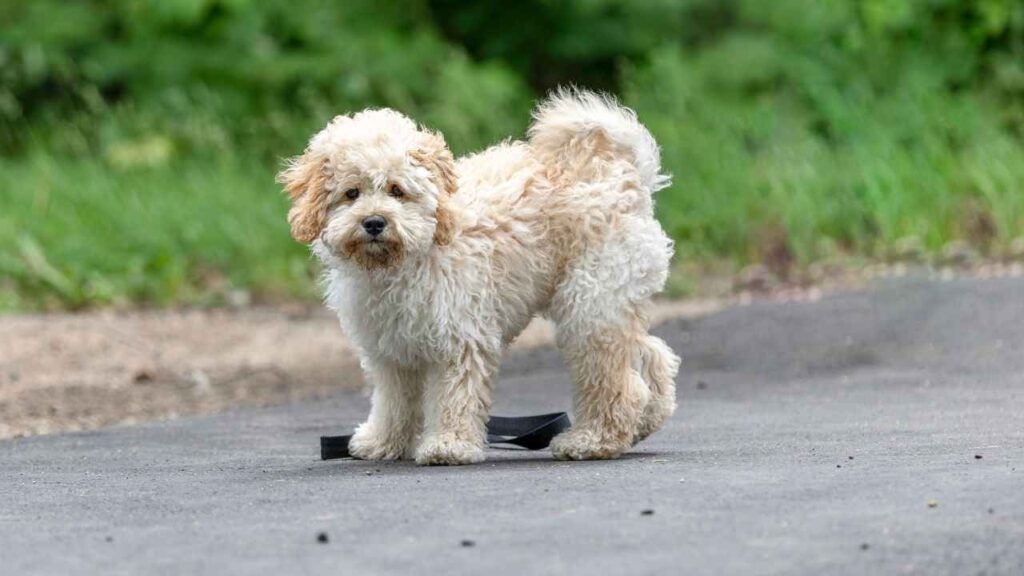
Bite Behavior:
Usually a clean scissor bite, but may have some irregularities
Early dental checks help prevent problems down the road
Tend to be gentle biters — perfect for kids and sensitive hands
Dental Care Tips:
✅ Daily tooth brushing is encouraged
✅ Dental chews to reduce plaque and tartar build-up
✅ Regular vet dental check-ups
Havanese:
Havanese typically have a well-aligned bite (scissor bite) and strong jaws for their size. They love chewing, so providing safe chew toys is a must to keep their teeth and gums healthy.
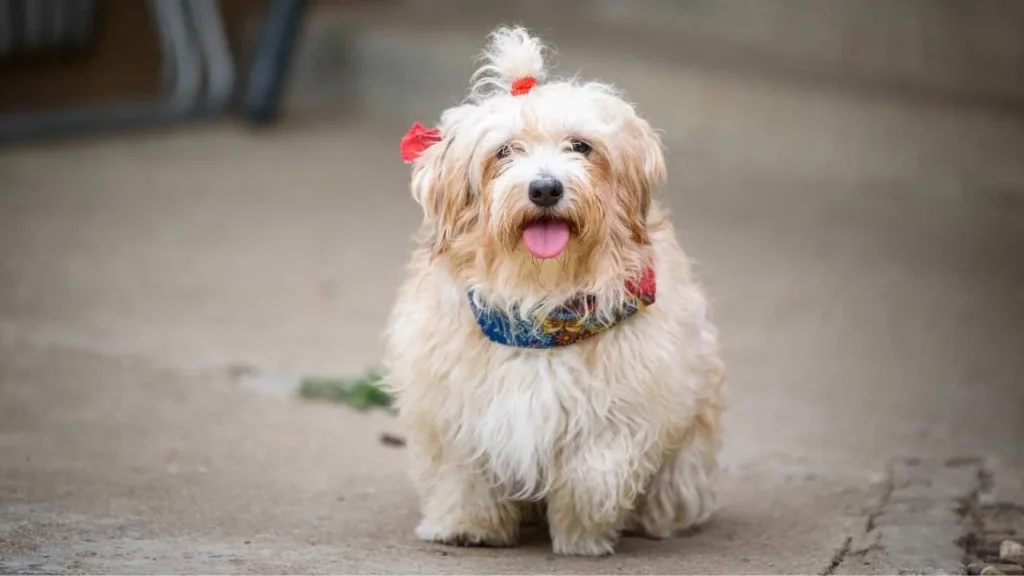
Bite Behavior:
Generally, a correct scissor bite
May chew enthusiastically, so watch for destructive nibbling
Friendly and gentle by nature, rarely bite aggressively
Dental Care Tips:
✅ Brush teeth regularly to avoid tartar
✅ Offer plenty of chew toys to satisfy natural chewing urges
✅ Routine dental exams are recommended
Health Profiles and Average Lifespan
A long, happy life is what every dog—and owner—hopes for, so knowing the health quirks and lifespan of your furry friend helps you prepare for many joyful years together.
Maltipoo:
Thanks to being a hybrid, Maltipoos often enjoy what’s called “hybrid vigor,” meaning they can dodge some hereditary health issues common in purebreds. Still, they’re not invincible little fluffballs. Here are some things to watch out for:

Common Health Concerns:
Patellar luxation (knee issues)
Progressive retinal atrophy (eye problems)
Dental issues (small mouths, lots of teeth!)
Allergies and skin sensitivities
Average Lifespan: 12 to 15 years — plenty of time to build those unforgettable memories (and chew a few shoes).
Havanese:
Havanese are generally healthy dogs, but do have some breed-specific quirks to keep an eye on. Their long history as companion dogs means they’re built for the lap, but with some vulnerabilities.
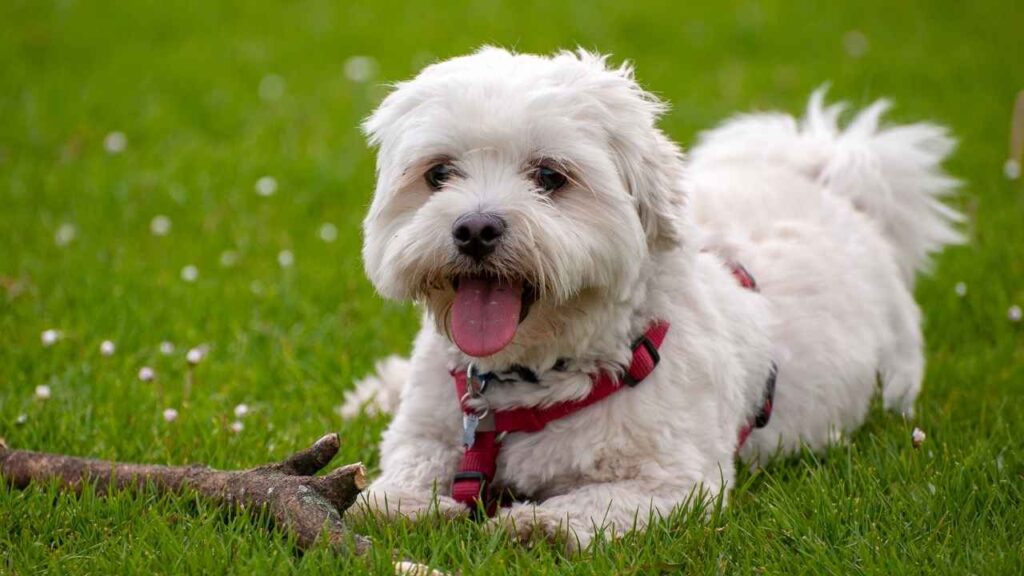
Common Health Concerns:
Hip dysplasia
Legg-Calve-Perthes disease (hip bone degeneration)
Cataracts and other eye conditions
Deafness (rare but possible)
Average Lifespan: 14 to 16 years — giving you a good decade and a half of devoted friendship and tail wags.
Dietary Needs and Managing Healthy Weight
Good food fuels happy pups! Understanding their unique dietary needs and how to keep their weight in check ensures your furry friend stays healthy and full of life.
Maltipoo:
Maltipoos may be small, but they’re often big eaters — and sometimes little food critics too. Because they’re prone to dental issues, their diet should support oral health and maintain a healthy weight to avoid stressing those tiny joints.
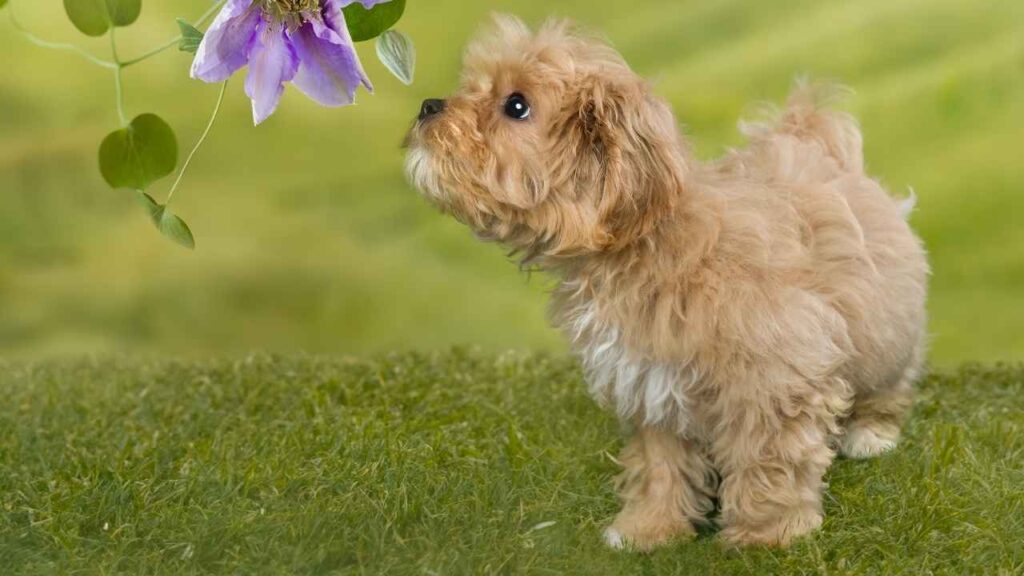
Diet Tips:
Small, frequent meals with balanced nutrients
Dental chews or dry kibble to help reduce plaque
Avoid overfeeding; watch treats to prevent pudge
Consult your vet for breed-specific formulas
Active play and mental stimulation help keep their weight in check, so plenty of fetch and puzzle toys, please!
Havanese:
Havanese tend to have moderate appetites and enjoy their food, but their slightly longer body means weight management is key to prevent strain on their backs and hips.
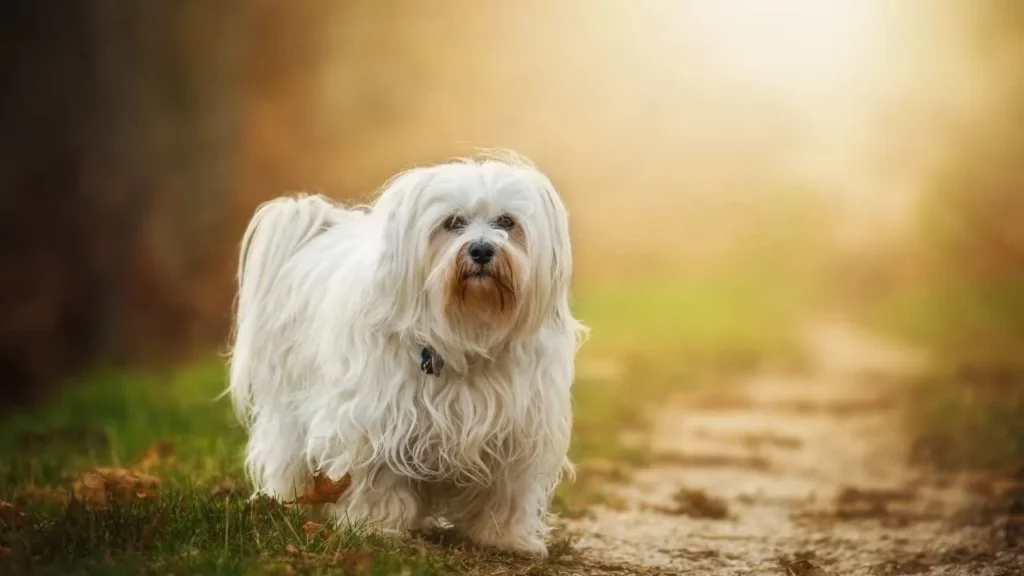
Diet Tips:
High-quality, well-balanced diet rich in protein and healthy fats
Controlled portions to prevent obesity
Incorporate fresh veggies or dog-safe fruits as occasional treats
Regular vet check-ups to tweak diet as needed
Daily walks and gentle play keep their metabolism humming and their silhouettes sleek.
Grooming Needs and Allergy Considerations
When it comes to keeping your furry friends looking and feeling their best, grooming is more than just a beauty routine—it’s essential for their health and comfort. Let’s see how Maltipoos and Havanese stack up in coat care and allergy-friendliness.
Maltipoo:
Maltipoos inherit their coat from two breeds known for being relatively hypoallergenic—the Maltese and the Poodle. This means they tend to shed very little, making them popular among allergy sufferers. But their fluffy, curly, or wavy coat requires regular TLC.
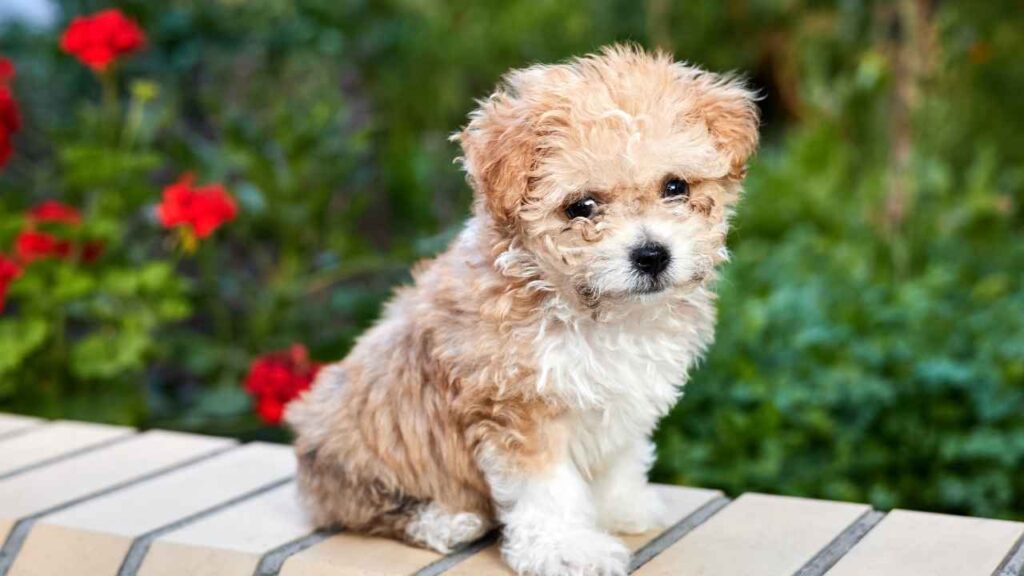
Grooming Needs:
Weekly brushing to prevent mats and tangles
Professional grooming every 6 to 8 weeks to keep that coat looking fresh
Regular ear cleaning to avoid infections (those floppy ears trap moisture!)
Bathing as needed, but not too often, to avoid drying out the skin
Allergy Considerations:
Low shedding means less dander flying around
Still, people with severe allergies should spend time with the dog before committing
Havanese:
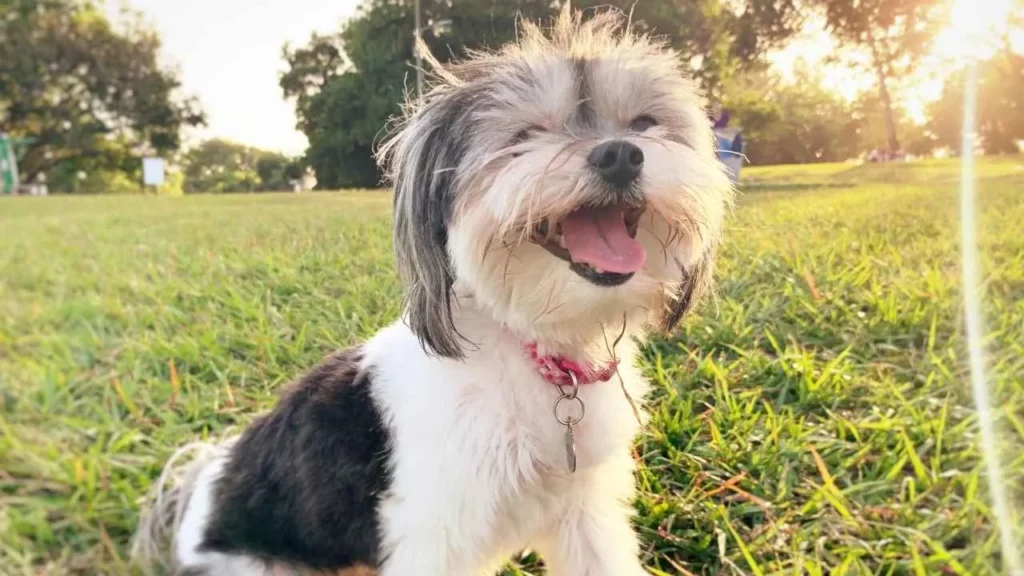
The Havanese boasts a long, silky double coat that can be straight or wavy. It’s stunning but requires consistent grooming to avoid looking like a shaggy mop.
Grooming Needs:
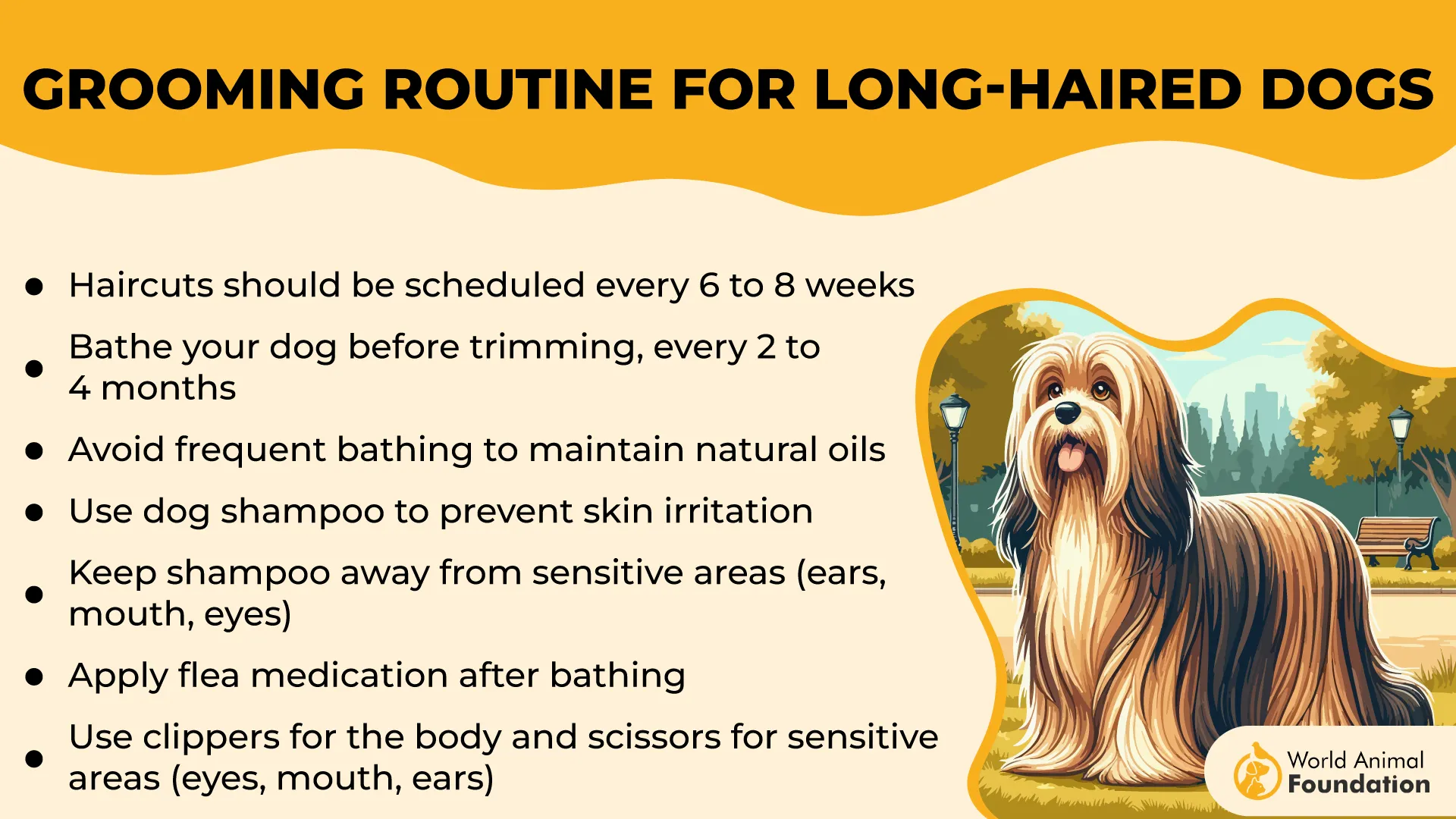
Regular brushing to prevent mats and tangles
Professional grooming every 6 to 8 weeks is recommended
Regular ear checks and cleaning, especially due to their long ears
Bathing as needed with gentle shampoos to keep that coat shiny
Allergy Considerations:
Generally considered low-shedding but not truly hypoallergenic
Coat maintenance helps minimize allergens in the home
Conclusion
Havanese dogs as great dogs and designer dogs like the Maltipoo—with influences from the miniature poodle and bichon frise—offer pet-friendly charm and an affectionate, playful nature. Both breeds are small in size and intelligent, making them easy to train with positive reinforcement, whether they’re playing ball at the dog park or enjoying long periods of fun with other dogs, other pets, or even a cat.
Havanese tend to have minimal grooming needs, while Maltipoos tend to have longer hair that may require daily grooming. Their moderate, family-friendly demeanor makes them an excellent choice for busy families and children, as seen in pictures featuring these great choice dogs alongside Yorkies and other animals.


